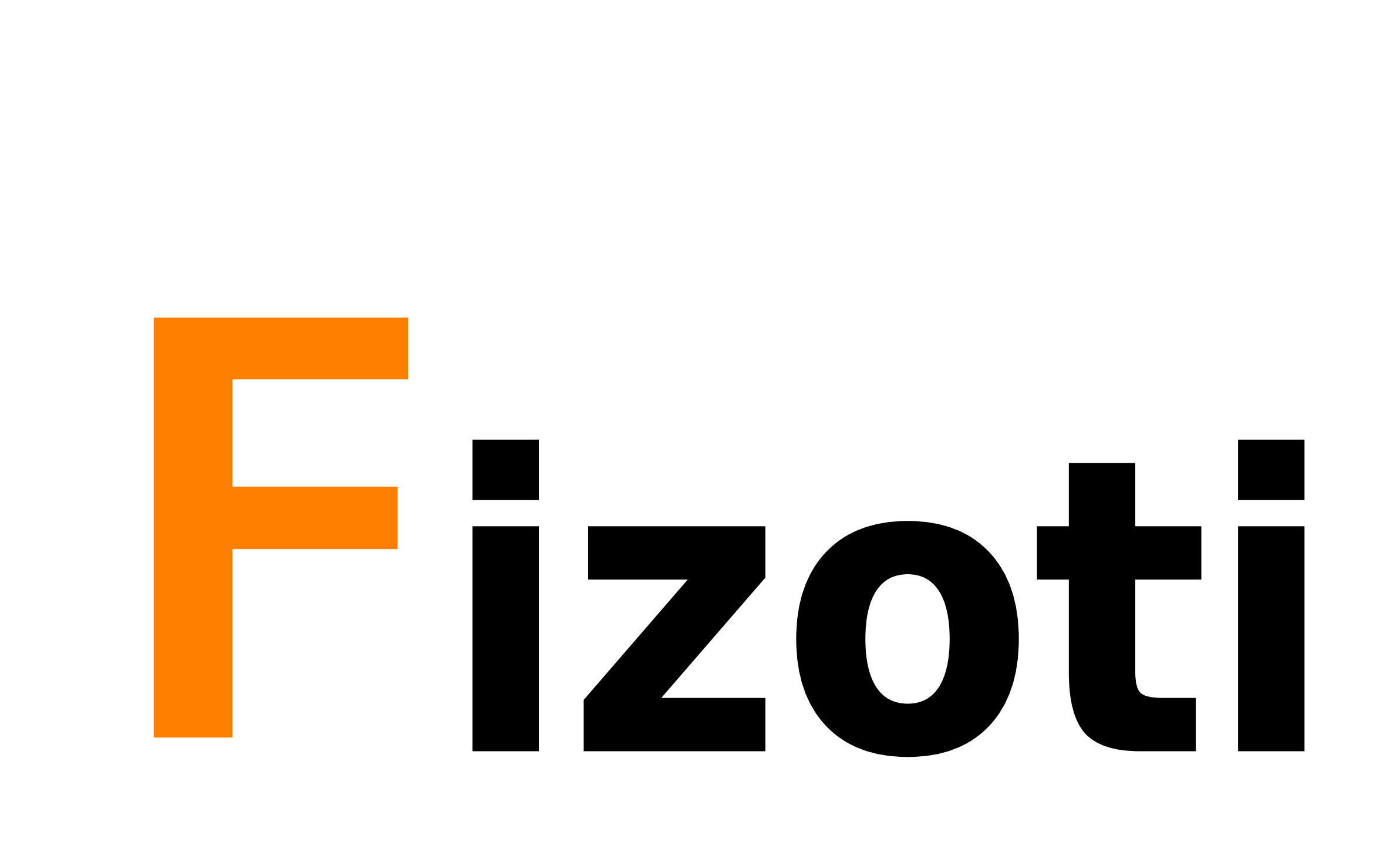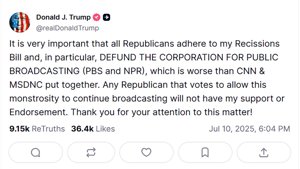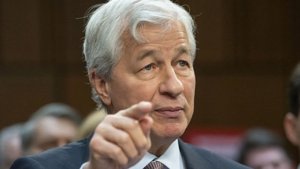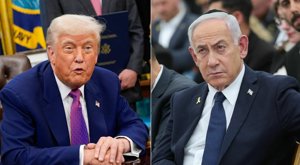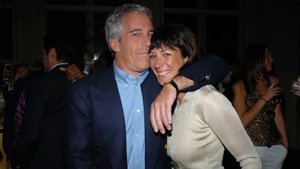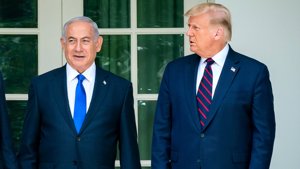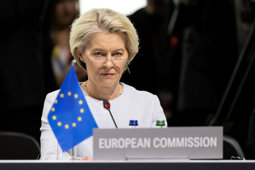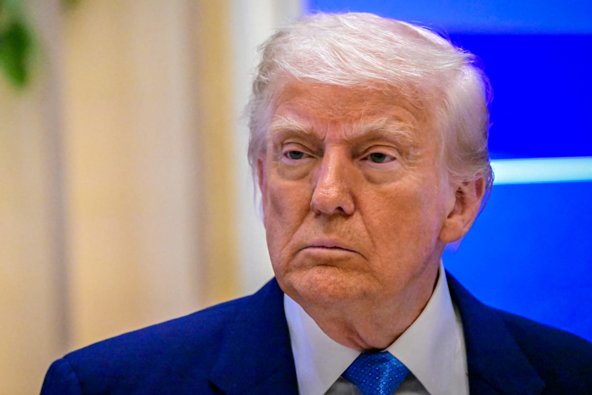
Trump Wraps Historic Middle East Tour with Bold Diplomacy and Economic Deals
President Trump visits Saudi Arabia, Qatar, and UAE, striking major deals, warning Iran, and promoting regional peace.
Trump Advances Diplomatic and Economic Objectives in the Gulf
President Donald Trump concluded his first major overseas trip of his second term with a four-day tour across the Middle East, visiting Saudi Arabia, Qatar, and the United Arab Emirates. The visit underscored the administration’s renewed commitment to U.S. allies in the region, amid high-stakes nuclear talks with Iran and ongoing war between Israel and Hamas.
In Riyadh, Saudi Arabia, Trump received a ceremonial welcome, including a lavender-colored carpet and fighter jet escort. He met with Crown Prince Mohammed bin Salman and delivered a landmark speech calling for regional unity and development. "A new generation of leaders is transcending ancient conflicts," Trump said, urging Arab nations to choose prosperity over Iranian aggression.
Trump and Salman signed economic agreements valued at $600 billion, which the president said could create up to two million U.S. jobs. He also issued a stern warning to Iran, promising a “massive maximum pressure” campaign if Tehran failed to reach a nuclear deal. The administration has given Iran a 60-day timeline to negotiate, with initial talks already underway.
“If Iran’s leadership rejects this olive branch,” Trump said, “we will have no choice but to drive Iranian oil exports to zero.” Shortly after his remarks, the U.S. Treasury Department sanctioned over two dozen companies involved in Iran’s illicit oil trade.
Qatar and UAE Deepen Ties Through Trade and Diplomacy
In Qatar, Trump met with Emir Sheikh Tamim bin Hamad Al Thani in Doha, finalizing agreements including a Boeing aircraft purchase and cooperation on military drone technology. Al Thani praised the talks as elevating U.S.-Qatar ties “to another level.” Trump also visited U.S. troops at Al Udeid Air Base, highlighting budgeted pay raises and declaring America’s military “bigger, better, and more powerful than ever.”
Trump’s final stop was in the United Arab Emirates, the first presidential visit to the country in nearly two decades. Dubai’s Burj Khalifa was lit in red, white, and blue in his honor. Trump toured the Grand Mosque and received the Order of Zayed, the UAE’s highest civilian award. He also visited the Abrahamic Family House, a multi-faith center promoting interreligious dialogue.
Throughout the trip, Trump blended economic diplomacy with symbolic gestures of respect, reinforcing alliances in a region marked by volatility. With 148 executive orders signed since January—including 143 in his first 100 days—the administration continues to pursue an aggressive foreign policy agenda centered on strategic pressure and strengthened bilateral relations.
Trump’s Middle East tour not only aimed to expand the Abraham Accords but also sent a clear message to adversaries: the U.S. is reasserting leadership in the region, with peace and power as parallel goals.
